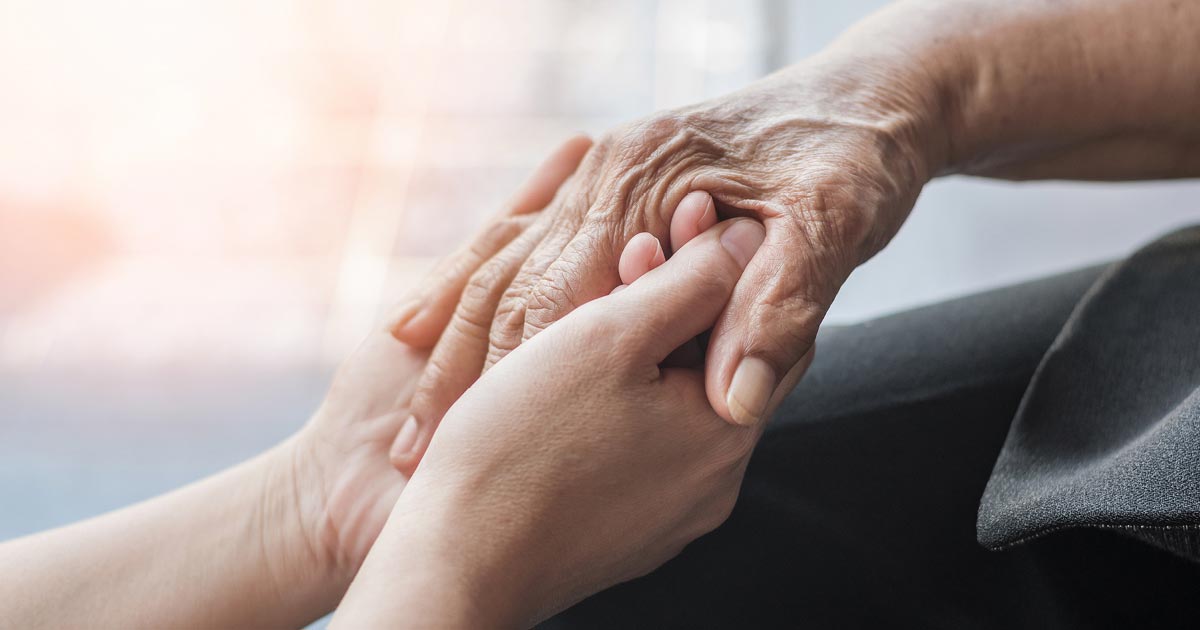Unraveling Parkinson’s Disease: Understanding and Coping
The Parkinson’s Foundation estimates approximately 60,000 Americans are diagnosed with Parkinson’s disease each year, and nearly 1 million Americans are currently living with the disease. Parkinson’s Awareness Month, which is observed every April, presents a special opportunity for people to learn about the disease and how it affects the U.S. population.
Parkinson’s disease is a chronic, progressive disorder that causes cell loss in the brain. The disease is complex, and the symptoms and progression can vary. But because Parkinson’s affects muscle control and movement, it’s likely that, at some point, those with the disease will need help with living day to day. That’s why senior living communities for individuals with Parkinson’s may be a good fit.
At Hawthorn Senior Living, we understand that aging with Parkinson’s disease can be increasingly difficult, but having a strong support system and knowledge about the disease is key to maintaining a high quality of life. In recognition of Parkinson’s Awareness Month, we are sharing important information about the disease and how you can help someone you love who is struggling with it.
Is there a cure for Parkinson’s?
Currently, there’s no cure or known cause of Parkinson’s. However, the latest research shows that genetics may play a large role in the development of the condition. Individuals who have a close relative (sibling or parent) diagnosed with Parkinson’s face an increased chance of developing the disease themselves. Recent studies estimate the risk for such people is as much as 9% higher than average.
While there’s no cure for Parkinson’s disease, therapies have advanced over the years. In addition to medications that reduce many of the disease’s symptoms, treatments for Parkinson’s disease include occupational, speech and movement therapies along with surgical interventions like deep brain stimulation (DBS).
How is Parkinson’s diagnosed?
Because there are currently no blood or laboratory tests that can identify or rule out the disease, it can be challenging for medical professionals to diagnose Parkinson’s. This may be why out of the 1 million people living with the disease, only around 60,000 have an accurate diagnosis. Currently, to diagnose Parkinson’s, doctors perform an extensive examination and consider the patient’s neurological and medical history. The examination focuses on tremors, muscle stiffness, and balance. If no other illnesses or diseases are found, and the patient exhibits multiple symptoms of Parkinson’s, the doctor arrives at a Parkinson’s diagnosis.
What are the early warning signs of Parkinson’s?
To help educate individuals about the disease, the National Parkinson’s Foundation shared the most common early symptoms of Parkinson’s disease. Knowing and understanding the warning signs can aid in early diagnosis and proper treatment. The early warning signs include:
- Tremor
- Smaller handwriting
- Loss of smell
- Sudden movements when sleeping
- Trouble walking, as if your feet are stuck to the floor
- A softer or lower voice
- Dizziness or fainting, possibly due to low blood pressure
- Facial expressions that appear depressed, sad or angry
It’s important to recognize any significant changes in your loved one’s health. Even if the changes aren’t symptoms of Parkinson’s disease, it’s crucial to address any potential issues as soon as they arise.
How can I help a loved one with Parkinson’s disease?
If someone you love is living with Parkinson’s, it can be difficult to know what to do and how to best support them. Here are a few ways you can help:
- Educate yourself as much as possible about the disease so that you can understand what your loved one is going through.
- Help them with daily tasks, as they may have difficulty shopping, cooking or cleaning.
- Help them stay physically active. Research shows that exercise allows the brain to use dopamine more efficiently. Better physical fitness helps your loved one enjoy better balance, strength and quality of life.
By knowing the symptoms and causes of Parkinson’s disease, you can help your loved one live a fulfilling life. At Hawthorn Senior Living, we’re here to lend a hand when daily tasks become more challenging. Regardless of the specific care your loved one may require, there’s a Hawthorn Senior Living community that can meet their needs and provide an array of opportunities to enjoy life to the fullest. Visit SeniorLivingInstyle.com to learn more.

